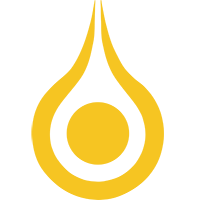Publication MTZ: Turbocharger testing tool
Turbocharging is one of the key technologies in current and future engine development. Due to the increasing requirements that extend beyond power output and torque alone, the internal and external mechanical components of turbochargers are being subjected to an ever-increasing load spectrum.
2014, Kehrwald, Jäger, Sailer, Hadler
